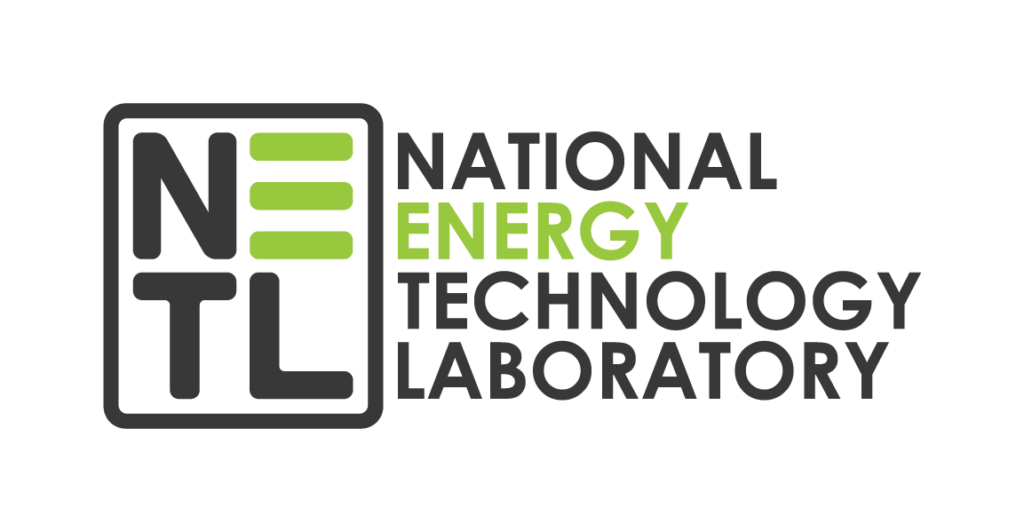Improving Production in the Emerging Paradox Oil Play
U.S. Department of Energy Founded Project
Highlighted Research Themes and Specializations
Reservoir Geomechanical Analysis
Our research in this area focuses on understanding the mechanical behavior of reservoirs, particularly in unconventional resource settings. We investigates the dynamic stress field in the Paradox Basin, highlighting its importance for CO2 storage and hydrocarbon enhancement. This analysis provides an in-depth examination of stress distribution across complex salt structures, employing Coulomb failure criteria and probabilistic methods for assessing fault slip potential. We focus on the variability of stress fields, particularly around salt structures, and integrate these findings with borehole data and seismic measurements. This meticulous approach decodes stress orientation dynamics, offering critical insights into fault slip potential, especially in the basin’s northern region. Our research aims to facilitate safe and efficient CO2 storage and hydrocarbon extraction, contributing significantly to seismic risk management in the Paradox Basin.
Hydraulic Fracture Propagation
In this segment, our focus is on optimizing hydraulic fracturing processes. We study fracture mechanics, fluid-rock interactions, and propagation dynamics to enhance fracture network efficiency. Our research uses simulation models to predict fracture paths and evaluates the effects of varying operational parameters. This is essential for maximizing resource recovery while minimizing environmental impact.
Passive Seismic Survey for Stress Inversion and Microseismicity Detection
This area of our research involves using passive seismic techniques to monitor subsurface stress changes and detect microseismic events. By analyzing seismic data, we can infer the stress state of the subsurface and its evolution during resource extraction processes. This is vital for understanding and mitigating the risks associated with induced seismicity and for optimizing resource development strategies.
Frictional Response Experiments
This research utilizes rate-state friction testing to characterize the frictional properties of the Cane Creek formation and its adjacent formations. The experiments aim to identify velocity-strengthening and weakening behaviors, crucial for predicting seismic risk and ground deformation. The study integrates lab investigations with coupled pore pressure diffusion and rate-state models, ultimately establishing guidelines for seismicity and ground deformation mitigation in the context of hydraulic fracturing and subsurface fluid injection.




